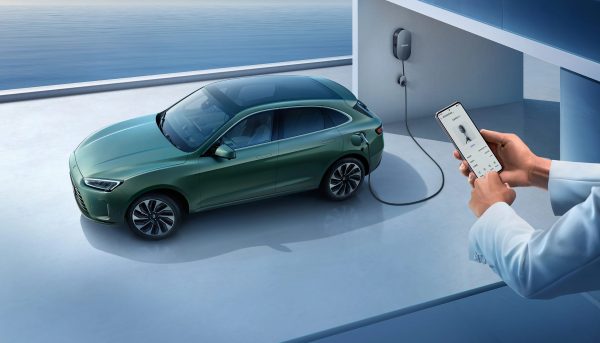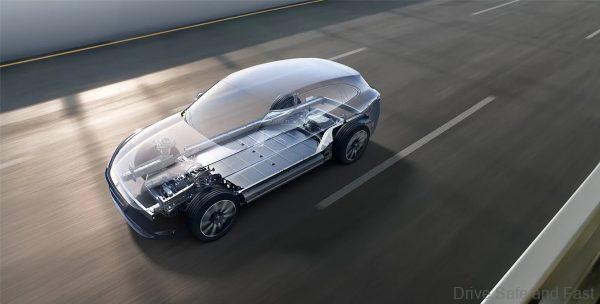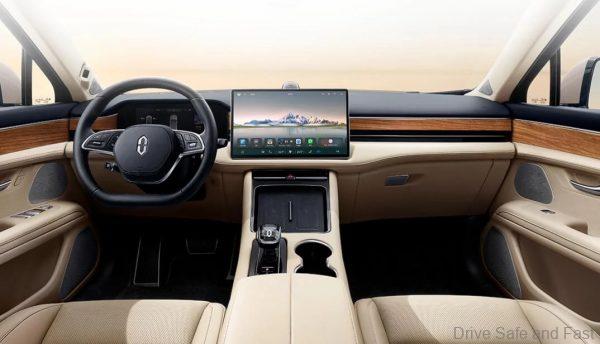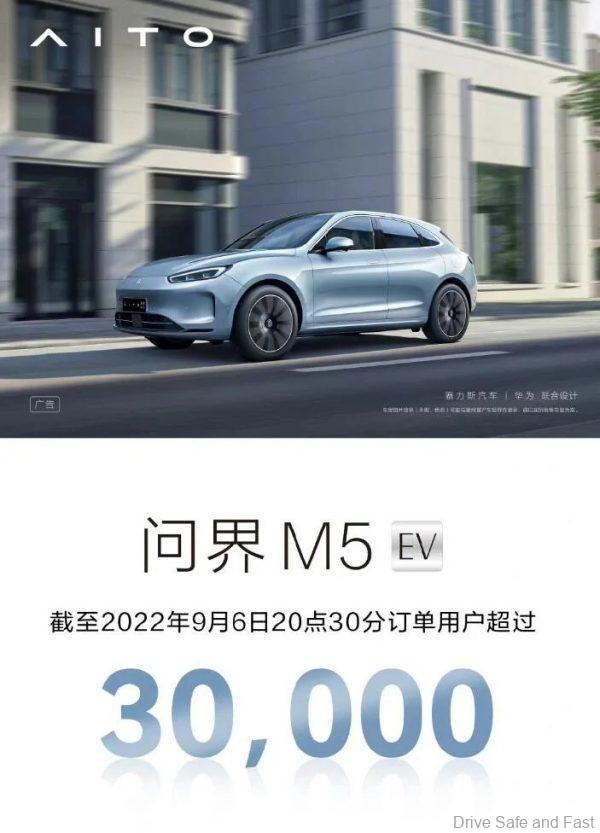The AITO M5 EV flies off the showroom floors at launch, 8 months after its debut.
Early this year, we shared an article about Huawei’s first ever electric vehicle. The Chinese technology giant had collaborated with Seres (a Chinese car company by ex-Tesla founders) to create the AITO brand. And then AITO revealed their first battery electric vehicle, the M5 EV. After revealing the M5, the company began taking orders and to nobody’s surprise, the AITO M5 EV managed to garner some 6,000 orders in just 5 days.

8 months on, the AITO M5 EV has been officially launched and its order book has 30,000 customers waiting. Again, it should be noted that this isn’t a ‘Huawei car’, but a car made with Huawei. Most of the car-related design, engineering work and manufacturing was done by Seres and their parent company, Sokon.

Huawei’s contribution comes in the form of the DriveONE electric drive intelligent platform. Huawei worked on the Dynamic Adaptive Torque System, which is said to improve energy consumption from the battery and reduces the response time of the drivetrain.

For M5 EV users, Huawei’s touch will be most evident in the infotainment system, which runs Huawei’s HarmonyOS 3. HarmonyOS 3 allows for smooth connectivity between the vehicle’s infotainment system and a phone. You may need to use a modern Huawei phone to unlock most of the features that the AITO M5 EV has to offer.

At launch the full range of options and details were shared. There will be six exterior options and four interior options. The M5 EV goes up against the Tesla Model Y in terms of dimensions. It is 4785mm long, 1930mm wide, 1620mm tall and has a wheelbase of 2880mm.

Like many electric vehicles, it will be offered in single motor (200kW, rear-wheel drive) or dual motor (200kW + 165kW, all-wheel drive) configurations. The single motor versions go for 288,600 yuan (roughly RM186,431.62) have a range of 552km while the dual motor versions 319,800 yuan (roughly RM206,586.42) have 620km of range. Outright performance is quite impressive, with the single motor variant doing 0-100km/h in 7.1 seconds while the dual motor version takes just 4.5 seconds. Both versions are powered by the same 80kWh lithium iron phosphate battery sourced from Contemporary Amperex Technology Co. Limited (CATL).

